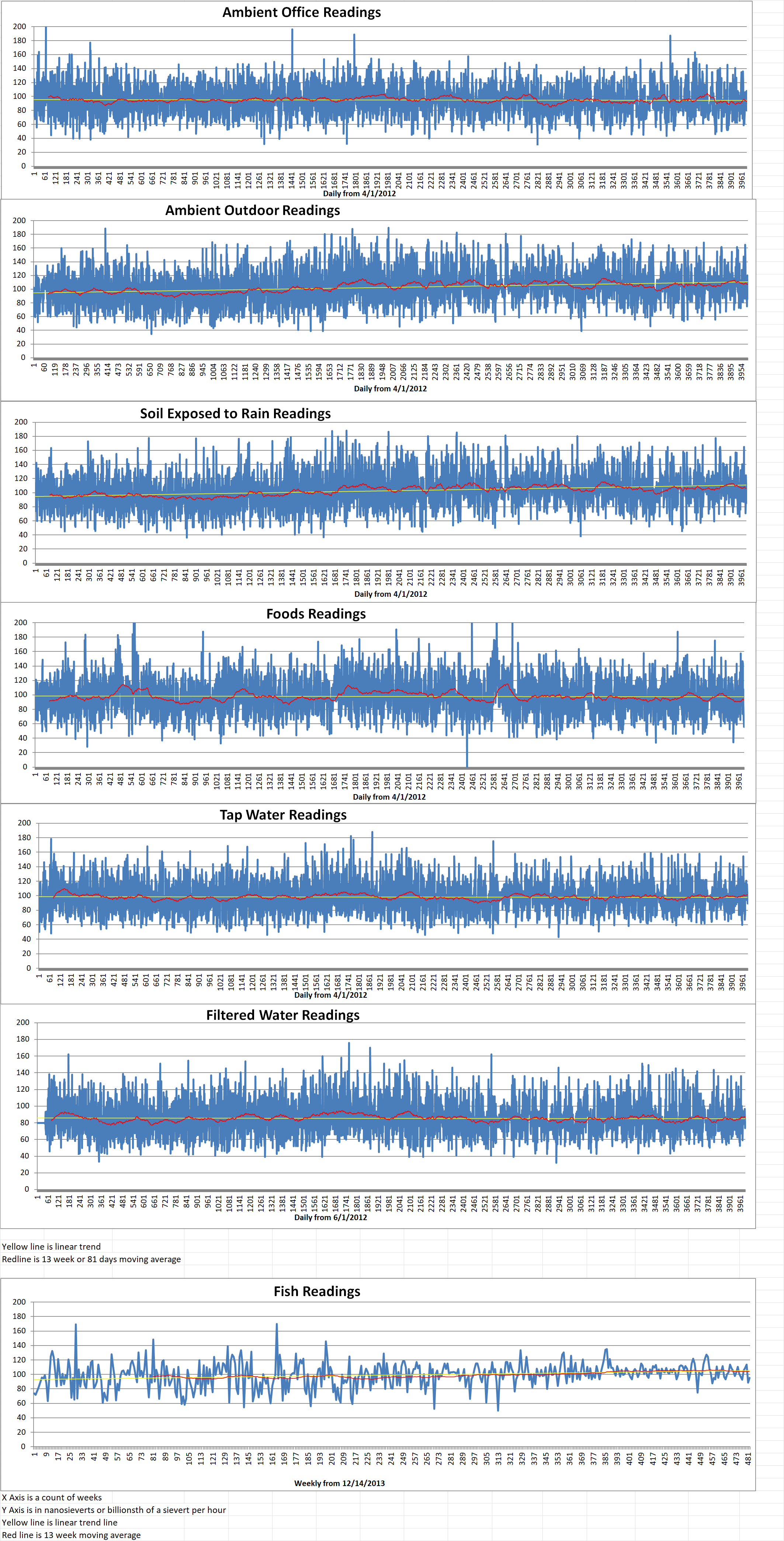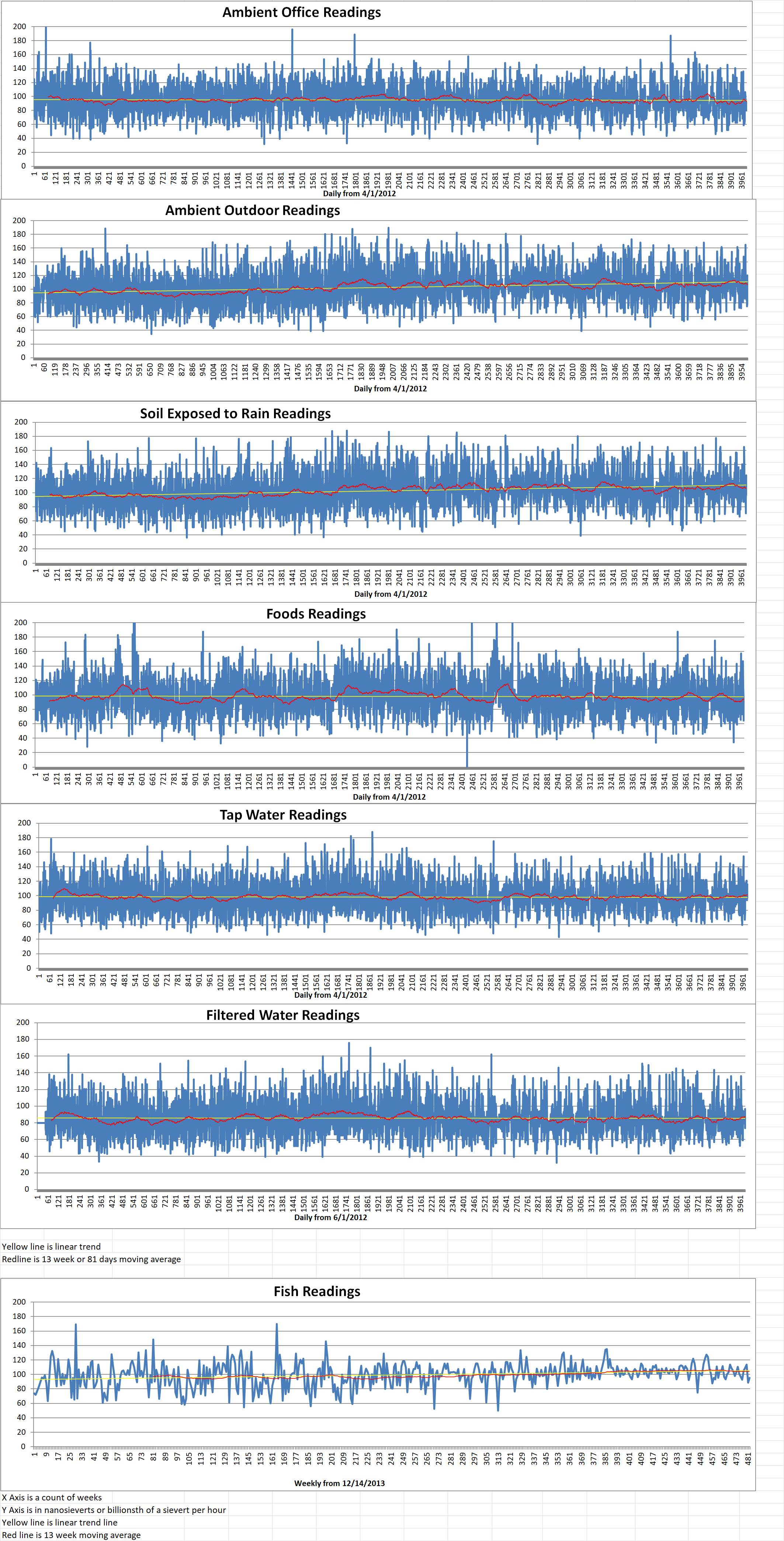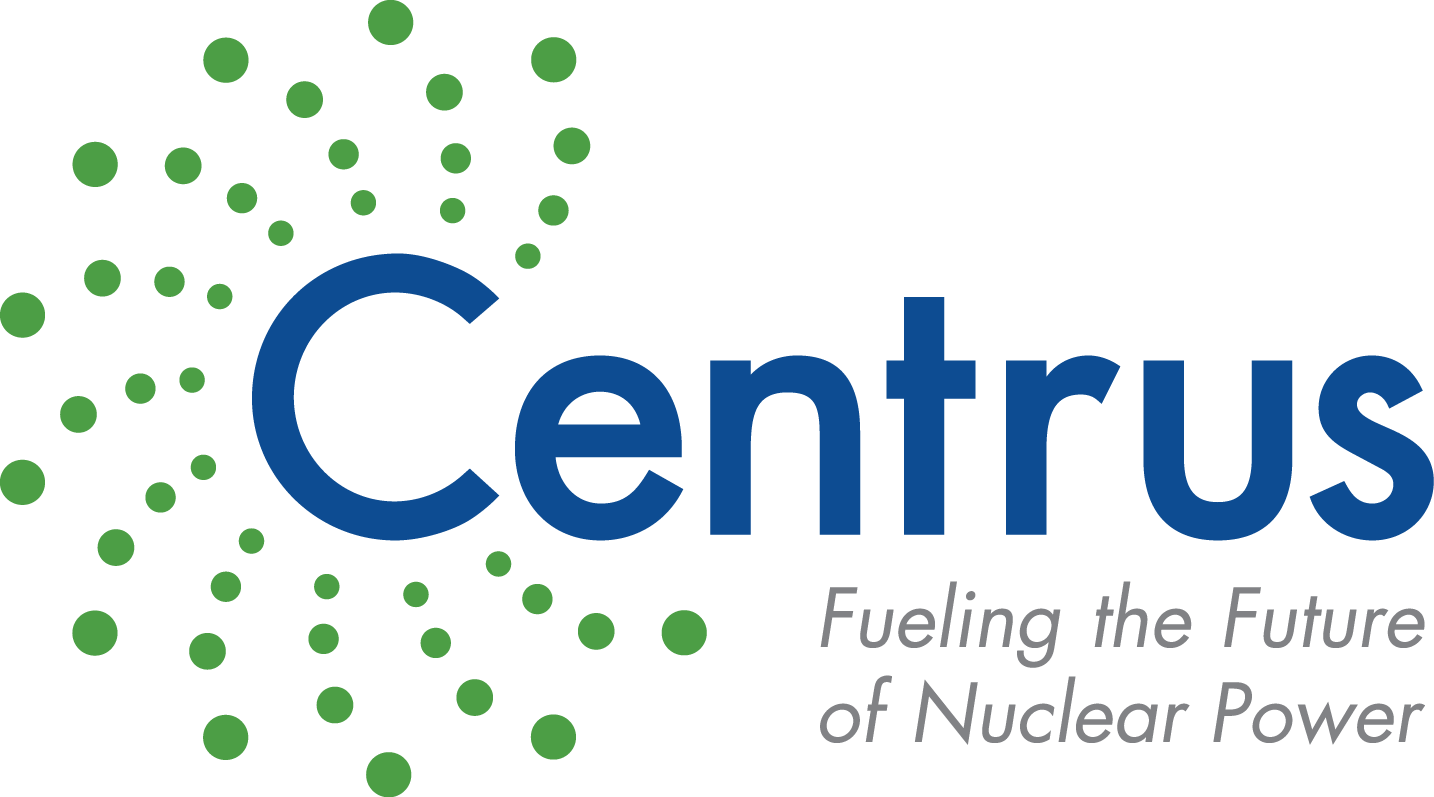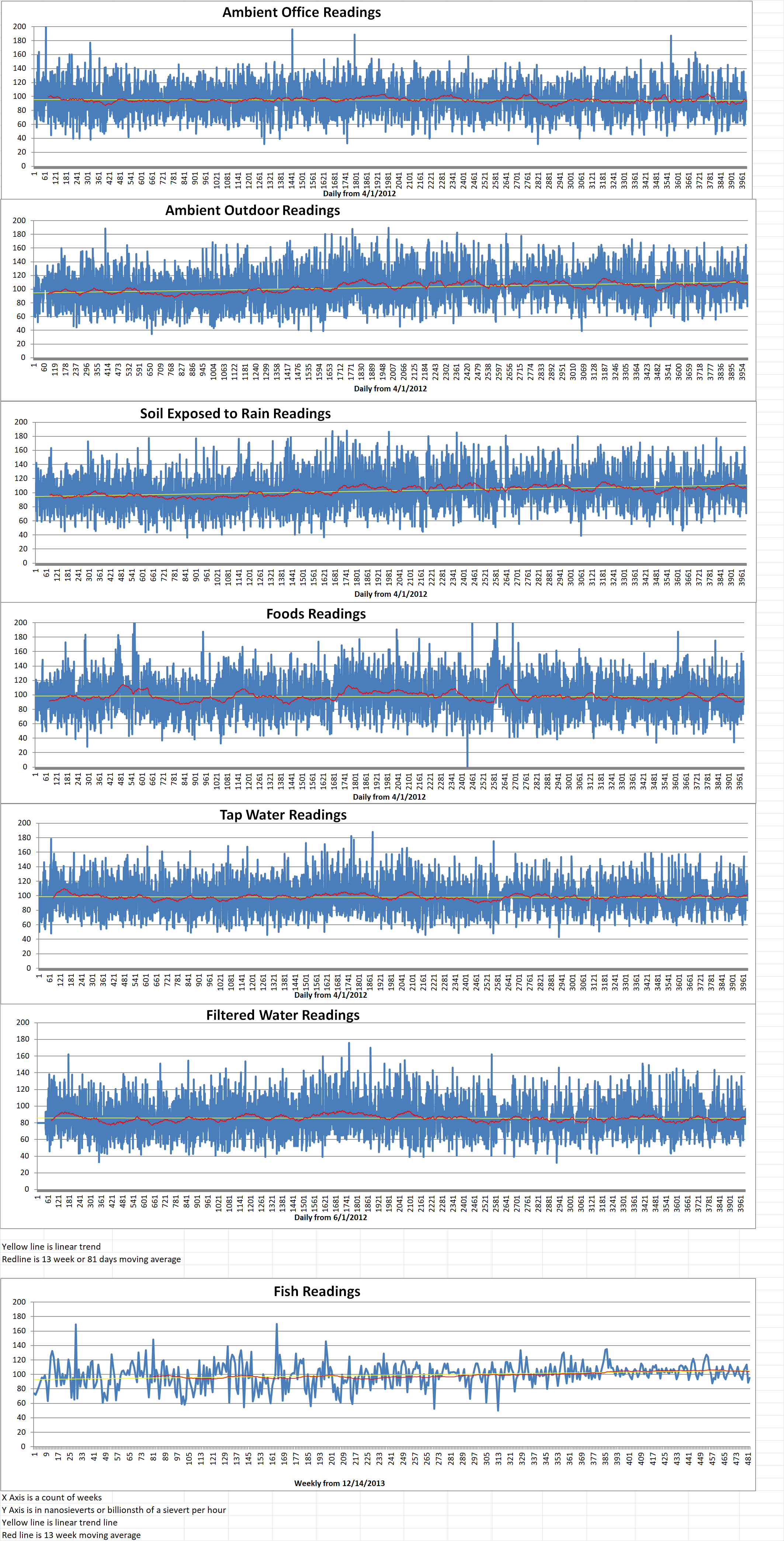Part 1 of 2 Parts
SaskPower, a Canadian utility company, is considering siting a new small modular reactor (SMR) near the North Dakota border. The site is across the border from Noonan, North Dakota, in Divide County in the state’s far northwest corner. Local state officials and local landowners were surprised by the news of SaskPower’s intentions. However, they would welcome the power provided by the new SMR.
Jody Gunlock operates a ranch near the border and also serves as Divide County’s emergency manager. She said, “It’s a very positive development.” She is eager to hear more about SaskPower’s plans. She is also interested in the possibility of North Dakota planning its own SMRs.
Sheri Haugen-Hoffart is one of three commissioners serving on the North Dakota Public Service Commission (PSC). She said that North Dakota News Cooperative’s query was the first she’d heard of the project. Governor Doug Burgum’s office indicated that the Department of Commerce had communicated with SaskPower and others regarding SMRs at a recent energy conference in Atlanta.
Victor Schock is the director of public utilities at the PSC. He said that he was prompted to research the project after the inquiry for this story and said that SaskPower had not reached out to state authorities about the plans. He added, “Not that they would necessarily need to since they’re really outside our jurisdiction, but that wouldn’t necessarily prevent us from intervening in a proceeding they may have up there either,” Schock said. “If we’re concerned about safety on our side of the border, it would be potentially worthwhile to intervene and raise some concerns.”
SaskPower is narrowing down potential sites for a GE-Hitachi BWRX-300 SMR. One possible location is the Estevan region and the other near Elbow, which is about an hour northwest of Regina. Site selection should be completed by the end of 2024. Licensing should be finished by 2029 according to an online presentation by Darcy Holderness of SaskPower. An operational reactor would not be available until the mid-2030s, according to Darcy. The site selected could possibly host at least one additional SMR after the additional reactor after the initial project is approved.
Gunlock spent time at the Defense Nuclear Weapons School in New Mexico and led the 55th Civil Support (WMD) response team at the Minneapolis-St. Paul International Airport during his time in the U.S. Army. He is familiar with both the potential opportunities and dangers of nuclear materials.
Gunlock said, “If you want clean, carbon-free energy and want reliable energy that’s there all the time, you’ve got to go nuke.” He added that this is a better alternative to the intermittency of wind and solar because they reduce availability. They also take up much more space than an SMR. “If it was up to me and they came and asked if they could put a nuke on my property, I’d say yes, build that.”
Isaac Jacobs is the country commissioner in Divide. His brother, Morgan, owns a farm right next door to the Noonan Port of Entry. Isaac had already heard of the project from Canadian radio broadcast. He shared thoughts similar to Gunlock’s. He says that nuclear is the cleanest, most efficient and most readily available source of energy. He said, “It’s been around for a long time,” he said. “So why aren’t we using it?”
Morgan said that he “wouldn’t be opposed to nuclear if it benefited the local community in some way” but that if “all we could get is the risk of something going wrong, I’d be opposed to such a project.”
Please read Part 2 next







